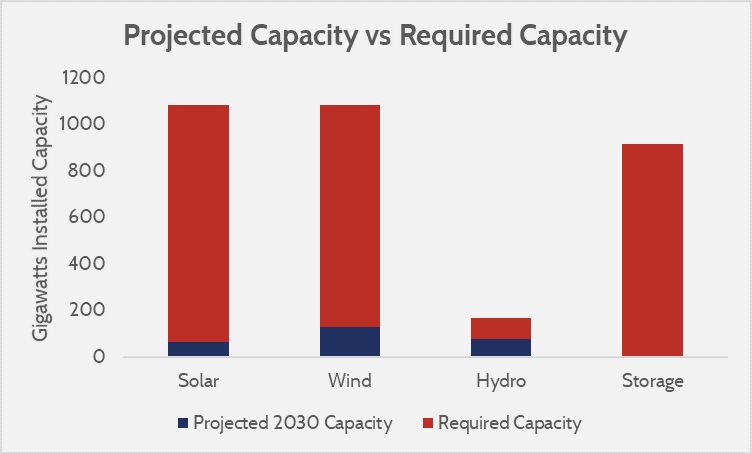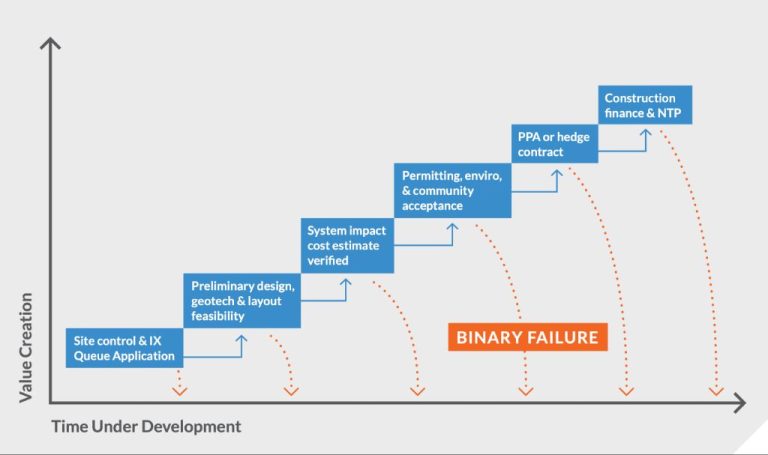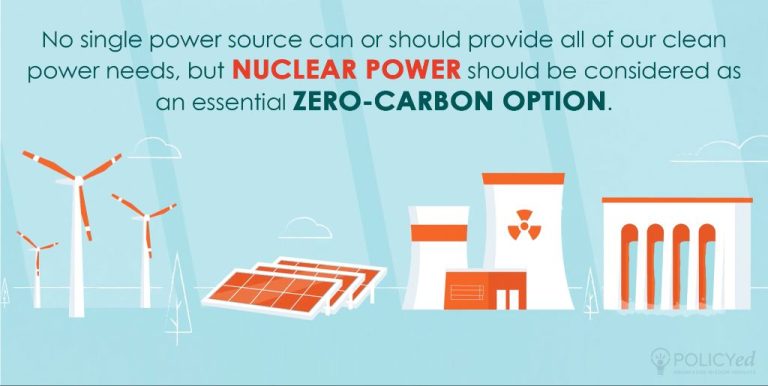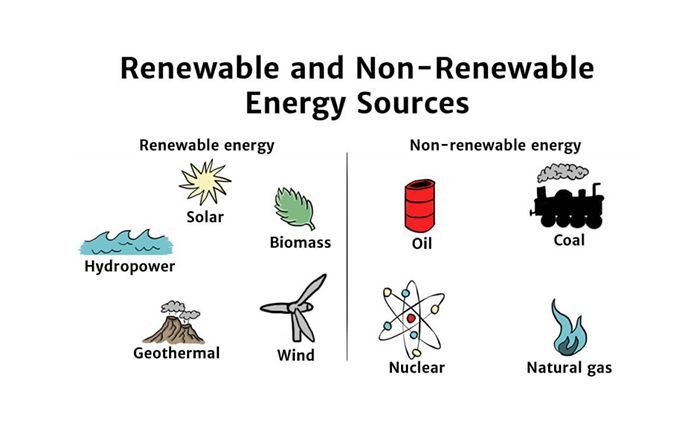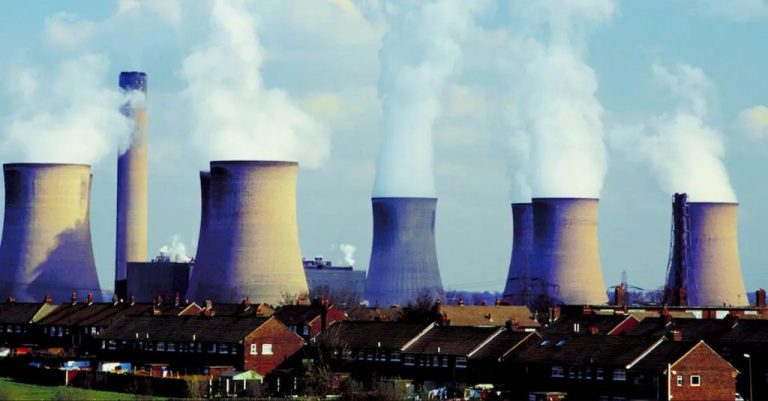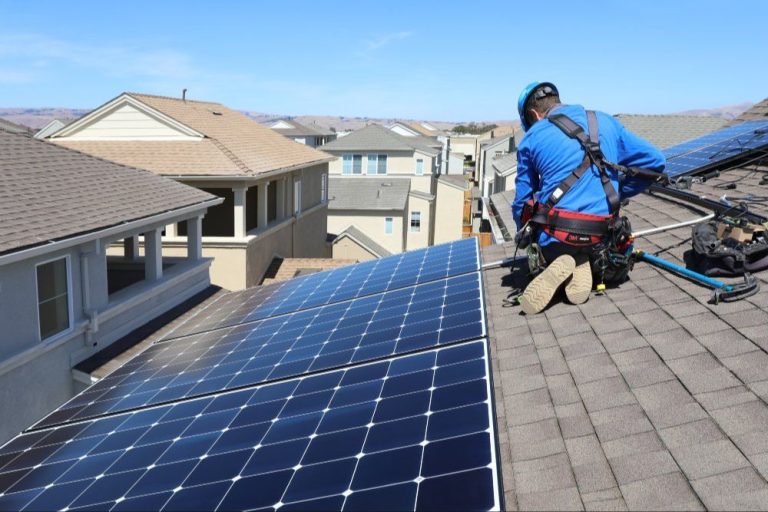What Is One Of The Biggest Concerns With Renewable Energy?
Intermittency
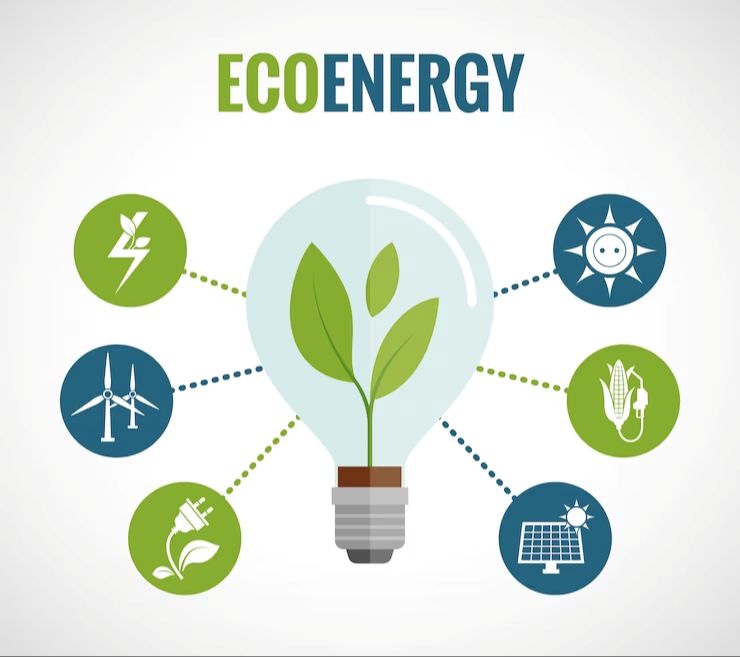
One of the biggest concerns with renewable energy like solar and wind power is their intermittent nature (EnergyX). Solar and wind power are dependent on the weather and time of day, meaning they cannot provide consistent power output around the clock. The availability of sunlight and wind can fluctuate minute to minute, leading to instability in energy grids that rely heavily on these sources (Scientific American).
Intermittent renewables only produce energy when their resource is available, for example when the sun is shining or wind is blowing. This is in contrast to conventional baseload power plants which can typically operate continuously. The variability and unpredictability of solar and wind output can create mismatches between supply and demand on the grid. To maintain stability, additional backup power or large-scale energy storage solutions may be needed. Overall, intermittency poses one of the major technological and economic challenges for transitioning to high levels of renewable energy.
High Upfront Costs
Building large-scale renewable energy projects requires major upfront investment. This can be challenging for many governments and businesses to finance. According to a fact sheet from the Clean Energy Ministerial, “Many clean energy projects, especially renewable energy generation and larger energy efficiency projects, require significant capital investments.”
A 2023 article in the Washington Post highlights that “the price of renewable electricity is almost entirely determined by the upfront cost … upfront costs of capital projects.” With solar, wind, and other renewables, a large portion of the costs go into constructing the infrastructure before energy production can begin.
A study from the National Renewable Energy Laboratory echoed this point: “Renewable energy projects—including wind farms—have relatively low operational costs and typically incur 60%–90% of their lifetime costs upfront.” Raising capital to cover these initial expenses is a major obstacle for wider adoption of renewables.
Storage Limitations
One of the biggest challenges with renewable energy sources like wind and solar is the ability to store excess energy generated at peak production times for later use when production is lower. Current battery storage technology has limitations when it comes to storing the large amounts of energy that utility-scale renewable energy facilities can produce (https://www.gao.gov/products/gao-23-105583). This makes integrating high levels of intermittent renewables like wind and solar into the electric grid complex, as grid operators need to match supply with demand instantaneously.
Most utility-scale battery storage facilities today use lithium-ion batteries. However, lithium-ion batteries have limitations in terms of how much energy they can store cost-effectively. They also degrade over time with heavy use, requiring replacement every 5-15 years (https://www.araner.com/blog/challenges-of-energy-storage). New battery chemistries and technologies are being researched and developed, but have not yet reached widespread commercial viability at the scales needed for most renewable energy facilities.
Until more cost-effective long-duration grid storage options become available, the variability and intermittency of renewable sources like wind and solar poses challenges in relying on them for a majority of our electricity generation. Better energy storage solutions will be key to enabling higher penetrations of renewables onto the grid without reliability and cost issues.
Transmission Capacity
One major concern with renewable energy is the costs associated with expanding transmission infrastructure to connect supply and demand. Renewable energy sites like wind farms or solar arrays are often located far from population centers where energy demand is highest. Connecting these remote renewable generation sites to the grid requires building new high-voltage transmission lines that can span hundreds of miles.
According to a study by the American Action Forum, upgrading transmission infrastructure to support 100% renewable electricity in the U.S. could cost $504 billion. The high costs stem from acquiring rights-of-way for new transmission corridors, installing high-capacity lines and towers over long distances, and connecting lines across challenging terrain. Even at lower levels of renewable penetration, the transmission costs are sizable. The National Renewable Energy Laboratory found in a 2019 report that transmission can add 3-33% to the direct costs of renewable generation.
Expanding transmission is essential for bringing more renewables online, but the costs can be prohibitive. Improving technologies like high-voltage DC lines and grid optimization can help mitigate the expense over time. However policymakers also need to account for transmission costs when planning the transition to renewable energy.
Land Use
Solar and wind power installations can require significant amounts of land. According to the National Renewable Energy Laboratory, utility-scale solar power plants need between 5 and 10 acres per megawatt of capacity, depending on the specific technology used[1]. The Land Policy Institute also reports that fixed-tilt photovoltaic systems require about 2.8 acres per megawatt, while solar farms with tracking systems use about 4.2 acres per megawatt[2].
Using large areas of land for renewable energy can compete with other needs, especially agriculture and conservation. Since solar and wind plants are often built in more remote locations, they may also impact natural habitats. Careful siting and land management practices can help minimize the impacts.
Sources:
[1] https://www.seia.org/initiatives/land-use-solar-development
[2] https://eta-publications.lbl.gov/sites/default/files/land_requirements_for_utility-scale_pv.pdf
Wildlife Impacts
Large-scale renewable energy projects like wind and solar farms can have negative impacts on wildlife habitats and migration patterns. There are particular concerns around birds and bats colliding with wind turbines. One study estimates that 140,000 to 328,000 birds are killed annually by collisions with wind turbines in the U.S. (UCSUSA). Bats are even more susceptible, with recent estimates of between 500,000 to over 1 million bat fatalities per year at wind facilities (National Academies). The spinning blades can kill flying animals directly, but turbines may also disrupt breeding and migration patterns.
Solar farms likewise can disrupt habitats. The land clearing required for utility-scale solar developments destroys vegetation and can fragment habitats. However, some evidence suggests that solar farms may be reused as habitats once operations cease. With careful siting and planning, the wildlife impacts of renewable projects could be substantially mitigated.
Aesthetic Issues
Some find wind and solar sites to be visually unappealing. According to an article on The Aesthetics of Wind Farms from Oxford Academic, “The opponents could still claim that, although it is not as bad as the aesthetics associated with oilrigs and more power plants, the aesthetics of wind farms is still a cost that has to be taken into account.”
This leads to local opposition to projects in some areas. As noted in an article from Solar Tribune, “Historically, rooftop solar arrays have drawn cheers or jeers from neighbors. Now, solar farms are coming under attack for their appearance.”
Resource Scarcity
Building renewable technology requires rare earth metals and other scarce resources. Supplies may not be sufficient to meet massive scaling needs. Rare earth elements like neodymium, dysprosium, and terbium are essential for manufacturing permanent magnets used in electric vehicle motors and wind turbines (1). Lithium and cobalt are also in high demand for lithium-ion batteries needed to store renewable energy. According to research from the University of Pennsylvania, global reserves of these critical minerals may not adequately supply the transition to green energy (2). For example, dysprosium demand could outstrip supply within the next 15-20 years based on expected growth in wind power capacity (3). With massive scaling planned for solar, wind, batteries and electric vehicles in the coming decades, potential shortages of key mineral resources could pose a significant bottleneck. Careful management of reserves and improved recycling will be necessary to ensure sufficient rare earth metals to support the renewable energy transition.
Sources:
(1) https://news.climate.columbia.edu/2023/04/05/the-energy-transition-will-need-more-rare-earth-elements-can-we-secure-them-sustainably/
(2) https://kleinmanenergy.upenn.edu/research/publications/rare-earth-elements-a-resource-constraint-of-the-energy-transition/
(3) https://learningenglish.voanews.com/a/study-says-world-has-enough-rare-earth-metals-for-green-energy/6940469.html
Policy Uncertainty
Government policy plays a key role in renewable adoption. Renewable energy growth relies heavily on supportive policies like tax credits, rebates, renewable portfolio standards, and carbon pricing. Frequent changes or uncertainty in these policies can negatively impact investment and development of renewable projects.
For example, research from Ivanovski (2021) found that monetary policy uncertainty has a negative effect on renewable energy growth. Unanticipated changes in interest rates or inflation can increase the risk and financing costs for capital-intensive renewable projects. Policy uncertainty makes it difficult for companies to forecast returns on renewable investments.
According to Appiah-Otoo (2021), economic policy uncertainty has an insignificant but still negative impact on renewable energy expansion. When policies frequently change, it creates uncertainty for utilities, project developers and investors. This unpredictability can hamper the growth of renewable energy markets.
Public Perception
There are some misconceptions among the general public when it comes to the reliability and economics of renewable energy sources. Recent surveys show that the majority of Americans support transitioning to renewable energy and taking steps to address climate change. One national survey found 80% of voters believe clean energy is as reliable or more reliable than traditional sources. However, some people may still be skeptical about renewables replacing fossil fuels entirely. They may think intermittent sources like wind and solar cannot provide uninterrupted power without backup from conventional generators.
There are also concerns about the upfront costs of building large-scale renewable facilities. Some worry their electricity bills will increase significantly to pay for this infrastructure, even if operating costs are lower long-term. Overcoming misconceptions around reliability and affordability will be key for gaining broader public acceptance. With the right information about grid integration solutions and falling prices, more Americans are likely to get behind an accelerated transition to renewables.

